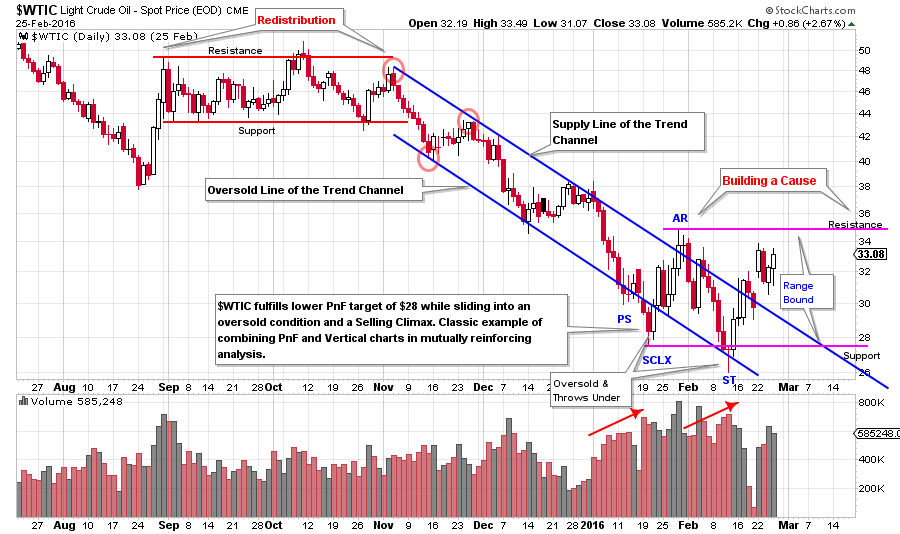Interview With The CEO Of The World's Highest Funded AI Company
Sentient Technologies has patented evolutionary and perceptual capabilities that provide customers with highly sophisticated solutions, powered by the largest compute grid dedicated to distributed artificial intelligence. The company also has a war chest of $143 million in venture investment, the most of any artificial intelligence company. Antoine Blondeau founded Sentient Technologies nearly nine years ago, though it was in stealth mode for the majority of that period.
After stints at Salesforce.com and Good Technology was looking for the next challenge. He had been involved in artificial intelligence for 15 years, making him an early pioneer in the field, and already had hit a home run by being involved in developing the technology that would become Siri, of iPhone fame.
Blondeau claims we are still in the very early days of artificial intelligence’s evolution, but his vision is to create technology that will mimic the human interaction. One of the first uses of the technology is in retail, replicating the experience of having a sophisticated advisory helping to curate your shopping experience. In this interview, Blondeau provides his vision for the company, his thoughts about the future of AI, the balance between AI innovation and AI safety, as well as a variety of other topics.
(To listen to an unabridged audio version of this interview, please click this link. This is the fourth article in a series on leaders in artificial intelligence, which includes interviews with Mike Rhodin of IBM Watson and Sebastian Thrun of Udacity. To read future articles in the series, please click the “Follow” link above.)
High: Artificial intelligence seems to be gaining tremendous momentum, whether it is venture capital, media coverage, or simply progress that is obvious in the world. There are clearly a couple of trends that have made this possible in recent years: the emergence of relatively low-cost available computing power and the vast, growing abundance of data that companies in every industry are collecting. I think I have heard you say that we are in the first inning here of the game, as so much innovation is ahead of us. As somebody who got into this 15 to 20 years ago, long before this boom, where do you see things now, and how do you think things are evolving?
Blondeau: You are right on the money when you talk about what has happened over the past five or seven years that is making this possible. Some of the team members and I worked on the precursor to what became Siri. At the time, we were thinking of an algorithm running on one machine or a few machines. What has happened over the past few years is that you have the data, it is broadly available, and one of the things that we foresaw was not only that data would explode but the dimensionality of data would explode. It will connect a lot of types of data that had not been connected before. That is a big help.
The second thing is that we have moved from thinking of the machine being the compute to the network being the compute, which means that we can harness an enormous amount of compute cycles. In our case, that means running our system on up to two million CPU cores. We also have a few thousand GPU cores. It is a massive system. When we thought of this company seven years ago, we had the vision forward, but could not quite imagine how we could get there. I think now we can.
The last thing is that when you begin to think about the scale, you can begin to address problems that you had not thought were solvable previously. The ambitious nature of what you do can go up significantly. You can tackle dimensionality, you can tackle complex decision making. Effectively, you are looking at comprehensively including every step of decision making in the machine, or in this giant network machine, which previously was not something thought of as possible. That is the high level.
High: I would like to dive a bit further into the details of how this becomes reality, and how that has impacted the way in which you have thought about entering different markets. I have heard you speak about the applications in some of the primary industries where there are tremendous amounts of data and where there are particularly big problems to solve, like financial services and healthcare. I found it interesting that one of your first areas to apply Sentient Technologies is in retail and online shopping. I would love to understand further how you have chosen where to focus.
Blondeau: One of the things we did was building a powerful platform, but you never succeed by building a platform. You need to apply it to know that it is working and scales to multiple industries. So, we decided to monetize it to address trading, aspects of e-commerce, and the online content discovery experience, as well as, at the research level, institutions like MIT, University of Toronto, and Oxford to work on less immediately monetizable problems, but world problems nonetheless. I am talking here about genomics and patients in an ICU context.
In each case, the common denominator is a few things. One, can you try to solve a problem that has not been solved before? The complexity of the decision making process is key here. The second thing is can you encapsulate the whole decision making process within the machine?
Continued from page 1Let me give you an example. In e-commerce, our product which was released more than a quarter ago, we are looking at effectively providing the user with a shopping assistant, just as if he or she were to walk into a store and be interacting with a real physical shopping assistant. That involves that feedback loop from entering the shop, virtually in this case, to getting an instantly curated version of the catalog. That is something that in the real world takes a human a lot of processing to achieve. It is immediately, in the moment, understanding what the user’s intent is, and reacting quickly to that. That means, effectively, understanding how the user is interested or looks at the array of choices that he or she sees in the shop. We are taking that paradigm and putting it into the online world. In our case, we are building this giant dynamic matrix of the shop’s inventory.
If you look at a shop that may have five, ten, or twenty thousand pairs of shoes in its catalog, it is virtually impossible for you, the user, to discover that in a meaningful way. You can do selective discovery, perhaps, by browsing through rows and rows of images, but effectively, you are going to quickly get lost and go away or make a sub-optimal choice. What we are saying is that there is no reason why this catalog cannot behave like a shopping assistant would, which means intelligently responding to how you browse and walk through it. If you click on an image that describes a particular shoe, this is meaningful. It means you are interested in it. What is it that you are interested in? Well, it may be something that you or I would be able to describe in meaningful words, like a color, texture, shape, or something more subtle that even you or I would not be able to describe but may be meaningful to that user.
We say a picture is worth a thousand words. That is what we are trying to achieve. We are trying to show you articles and items that are relevant to you, and will mean a lot to you, just like a shopping assistant would in real life, because he or she understands your intent....MUCH MORE







